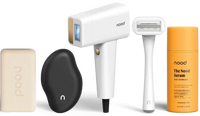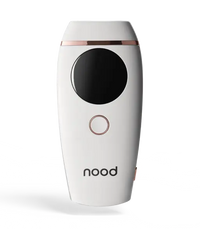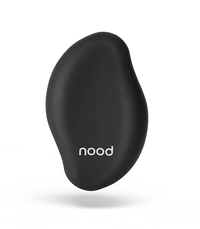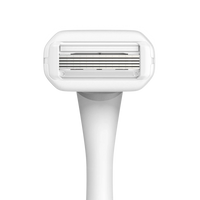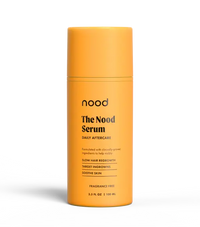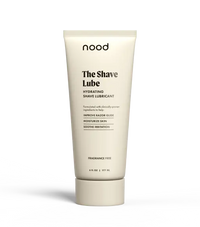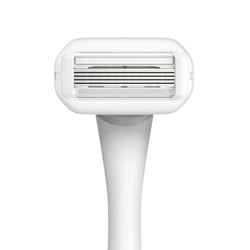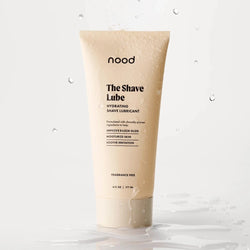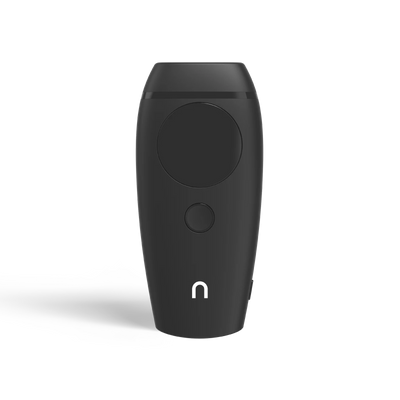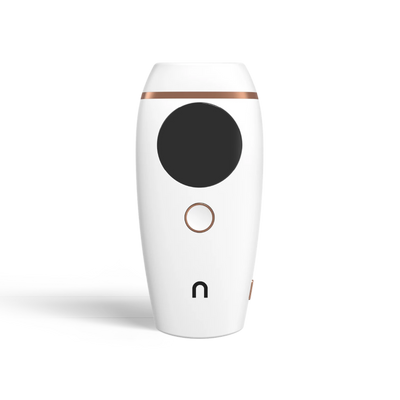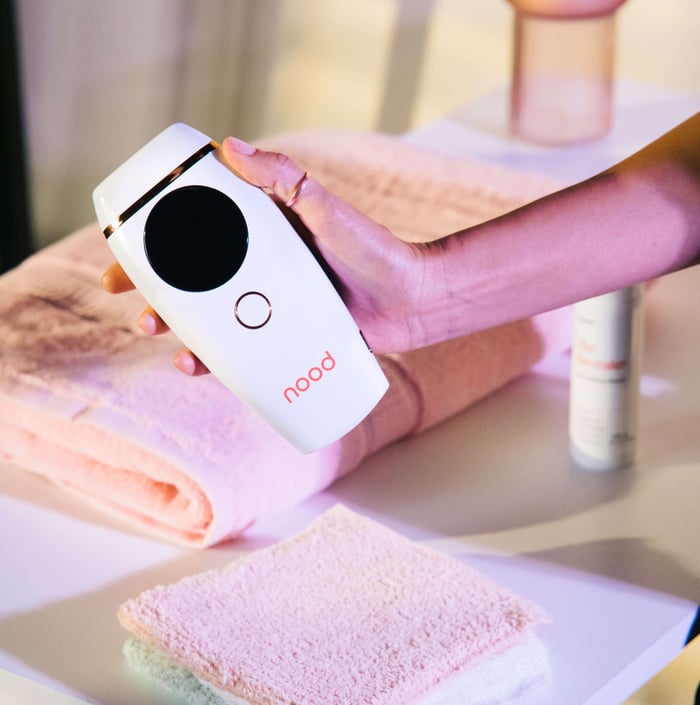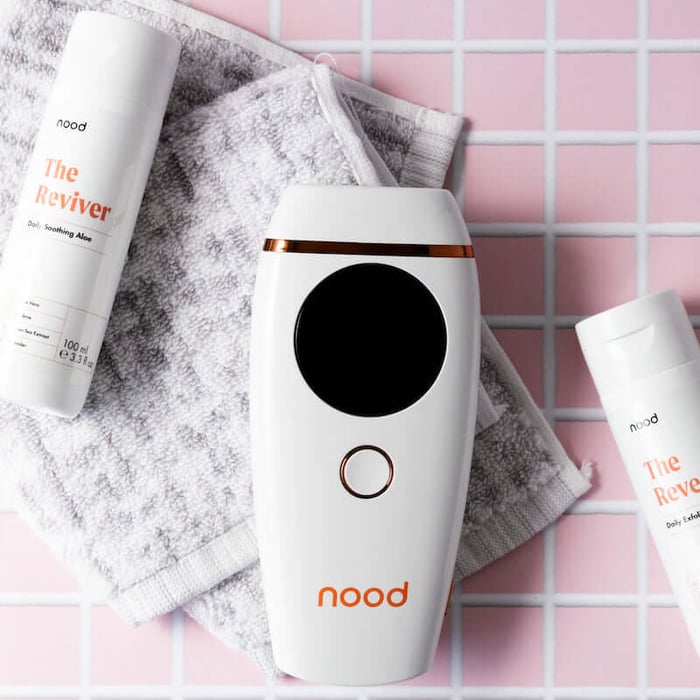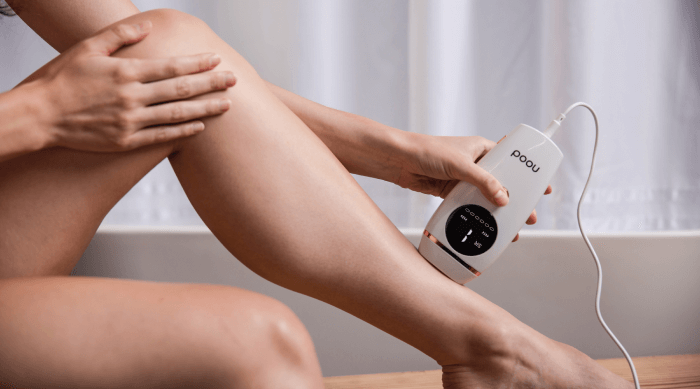
Paradoxical Hypertrichosis Causes, Incidence, Risk Factors
Laser hair removal is one of the most effective ways to reduce unwanted hair. At-home treatments have made treatments even more accessible, a huge benefit for users who balk at the high cost of laser hair removal. But is it possible for a condition like paradoxical hypertrichosis to render those benefits useless?
That said, it’s essential to understand every possible side effect of any new hair reduction method, no matter how rare it is. Let’s take a closer look at paradoxical hypertrichosis, including what it is and who’s at risk.
Table of Contents
What is Paradoxical Hypertrichosis and what causes it?
How common is Paradoxical Hypertrichosis?
What are the risk factors for developing PH?
What are the treatment options for Paradoxical Hypertrichosis?
What is Paradoxical Hypertrichosis and what causes it?
Paradoxical hypertrichosis is a rare side effect of laser hair removal and intense pulsed light hair removal therapy. It causes an increase in denser, coarser, or darker hair, essentially the opposite effect of what you wanted when you decided on laser hair removal.
What causes paradoxical hair growth? What causes paradoxical hair growth is a bit of a mystery, but the theory is that laser hair removal creates a welcoming environment for hair regrowth in some.
Laser hair removal works by targeting the pigment at the hair follicle. Over time, that damage to the hair follicles should cause hair to fall out, permanently reducing unwanted hair.
Some studies suggest that the light sources used in laser therapy and IPL treatments wake up dormant hair follicles. In what’s known as the paradoxical effect, some men and women leave treatments even hairier than before.
How common is Paradoxical Hypertrichosis?
Paradoxical hypertrichosis after laser therapy is a rare side effect. One systematic review notes that prevalence varies depending on the targeted area. Hair induction can happen in up to 3% of cases that target facial hair or the neck area, but only about 0.08% of all other cases.
Paradoxical hypertrichosis also seems to be a more common adverse effect with darker skin types and those with darker hair. Hormonal conditions may also be at play.
What are the risk factors for developing PH?
While still rare, anyone can develop paradoxical hypertrichosis, but certain populations are more at risk. (Laser hair removal never has and never will cause cancer, by the way.)
Who is at risk for paradoxical hypertrichosis? Those with darker skin and hair, users who target the face and neck, and anyone with underlying hormonal conditions appear to be more at risk for paradoxical hypertrichosis.
The side effect is more common in women with conditions that can cause hirsutism or excessive hair growth. This includes polycystic ovary syndrome (PCOS), nonclassical congenital adrenal hyperplasia (NCAH), and Cushing syndrome.
This doesn’t mean women with these conditions should look at other methods to treat unwanted hair. Laser hair removal is still the preferred treatment for women who want to reduce terminal hair growth because of conditions like PCOS.
Laser hair removal and IPL do a pretty bang-up job with a variety of skin conditions.
Even if you don’t have a hormonal condition, dermatologists caution that it can be hard to know how your skin will react to the start of a new treatment.
If you have an at-home device, patch tests and skin-soothing gels like The Reviver are a great idea if you’re looking for a painless experience at home. Solid prep, like shaving beforehand and using an exfoliant like The Revealer, is key to a successful experience.
If you’re hitting the salon, be honest about your complete medical history, especially if you’ve had a previous bad reaction to laser epilation.
The Reviver
$39.00 The reviver contains our custom formulation of aloe vera, lavender, azulene, and green tea extract to soothe and protect your skin after your IPL treatment. Aloe and Azulene soothe and reduce irritation due from sunburn, chemical peels and IPL treatments. Lavender essential oils… read more |
The Revealer
$39.00 The Revealer Daily Exfoliating Cleanser with resveratrol, papaya enzymes, biodegradable exfoliating beads, and botanical extracts is a deep cleansing and skin resurfacing treatment packed with powerful antioxidants for brighter, smoother, and softer skin. Reduce irritation and ingrown hairs while revealing… read more |
What are the treatment options for Paradoxical Hypertrichosis?
It might sound counterintuitive, but the primary treatment for paradoxical hypertrichosis is laser therapy or IPL photoepilation in the affected area. If you stick with it, the condition tends to improve with each treatment.
It’s important to note that if you have darker skin, laser hair removal is already a gamble. IPL treatments aren’t recommended for anyone with very light hair or dark skin. There’s not enough contrast for your at-home device to accurately perform.
There has been some success with longer wavelengths and low-fluence (lower-power) methods for darker skin, but more research is needed to show long-term results.
For now, the Nd: YAG laser beats out even long-pulsed alexandrite lasers for effectiveness. You’ll just need to visit a dermatology clinic for your laser treatment sessions.
In many cases, IPL over laser is the preferred hair removal method for long-term, even permanent, results.
For Permanent Hair Removal From Home, Choose Nood
At Nood, we know that finding the time (and cash) to get out to the salon on the regular isn’t feasible for many. If you’re a good candidate for laser hair removal, you’re a candidate for at-home IPL. Try The Flasher 2.0 today.
The Flasher™ 2.0
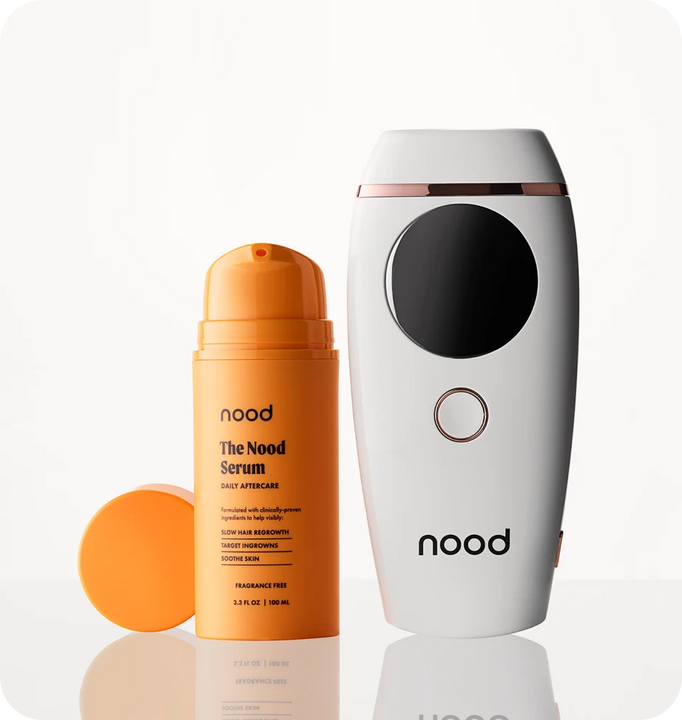
$199.00
Safely remove unwanted hair with The Flasher 2.0 by Nood. Works everywhere that hair grows, including bikini, Brazilian, underarms, legs, and face. Start seeing results in 2-3 weeks and permanent hair removal in 6-8 weeks. … read more
Interested in learning more about whether you’ll fit in with our Noodists? Follow us on Instagram.
Sources
- A paradoxical phenomenon: Intense pulsed light-induced hypertrichosis, a brief review.
- Paradoxical Hypertrichosis Associated with Laser and Light Therapy for Hair Removal: A Systematic Review and Meta-analysis
- Laser and Light Treatments for Hair Reduction in Fitzpatrick Skin Types IV-VI: A Comprehensive Review of the Literature
- Mixed Form of Hirsutism in an Adolescent Female and Laser Therapy - PMC
- Laser and Light-Based Treatment Modalities for the Management of Hidradenitis Suppurativa
- Efficacy of a Low Fluence, High Repetition Rate 810nm Diode Laser for Permanent Hair Reduction in Indian Patients with Skin Types IV–VI - PMC
- Laser hair removal: a review

